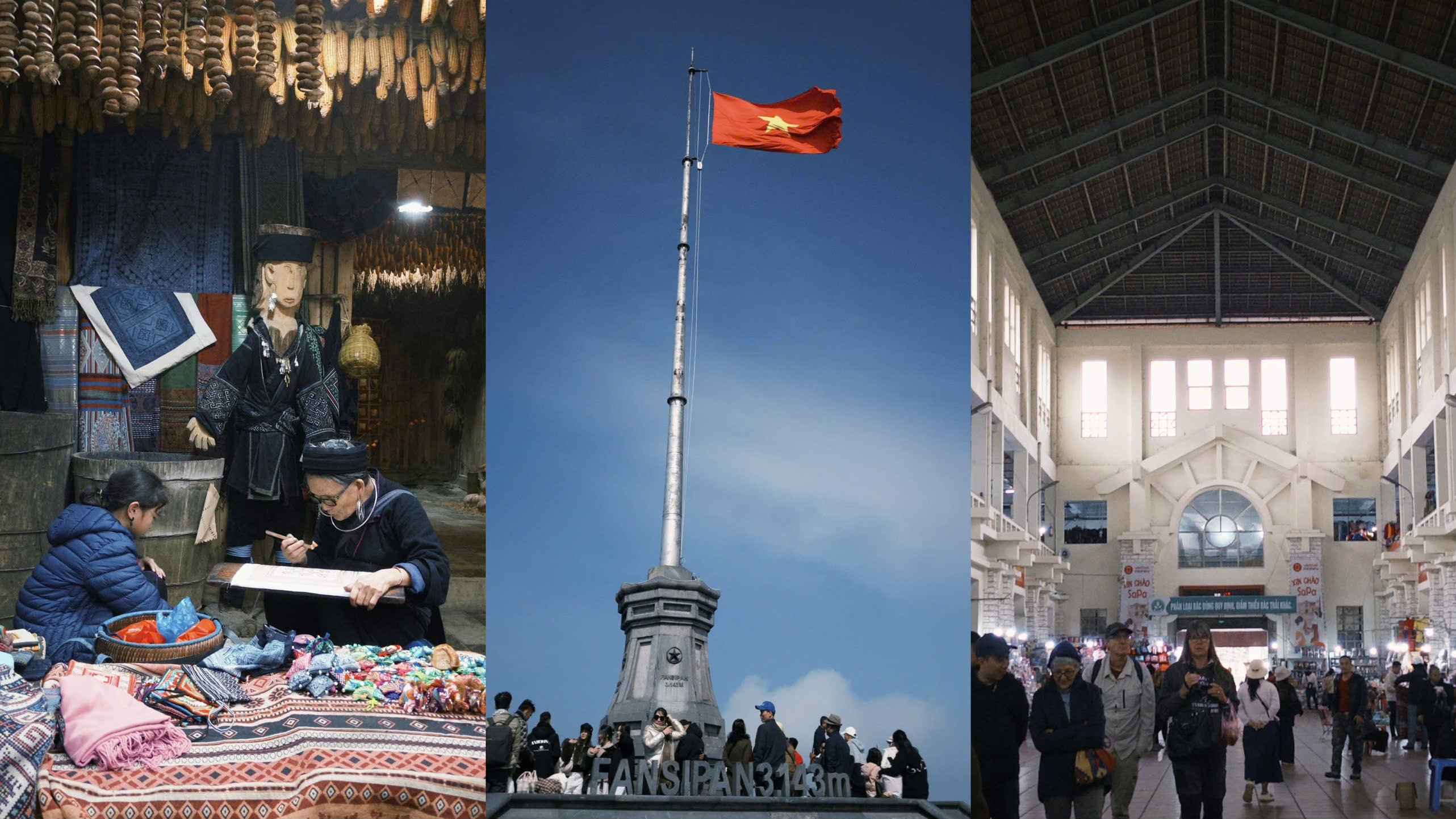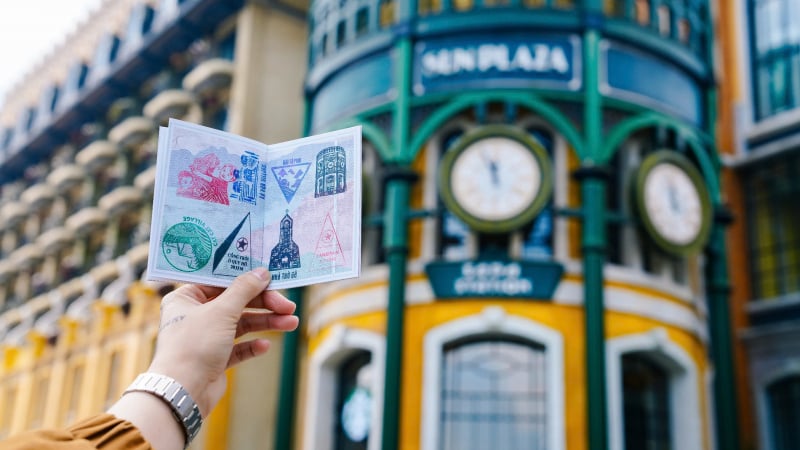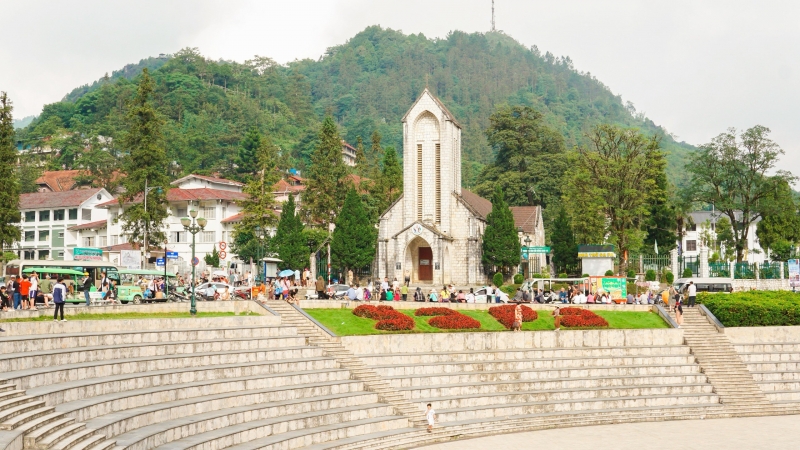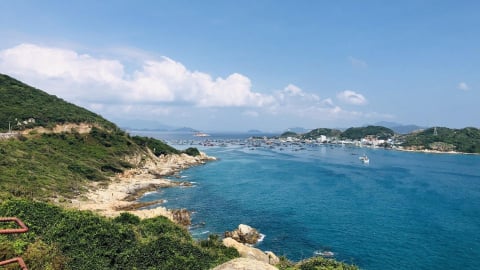For Thanh Ngoc, each journey is not simply a journey through a land, but also a journey through her own emotions. Therefore, when choosing Sapa for the trip with her mother, she was not simply looking for a beautiful destination, but a land that could encapsulate many layers of meaning - majestic nature, rich culture, and a slow pace of life, enough for mother and daughter to calm down and connect with each other.
“My mother has never set foot in the northern mountainous region. As a Southerner, she has only heard stories about the cold, the fog, and the terraced fields. I want to take her to a very special place. And Sapa is the easiest choice, with both convenience and still retaining the wildness of the mountains and forests,” Thanh Ngoc shared.

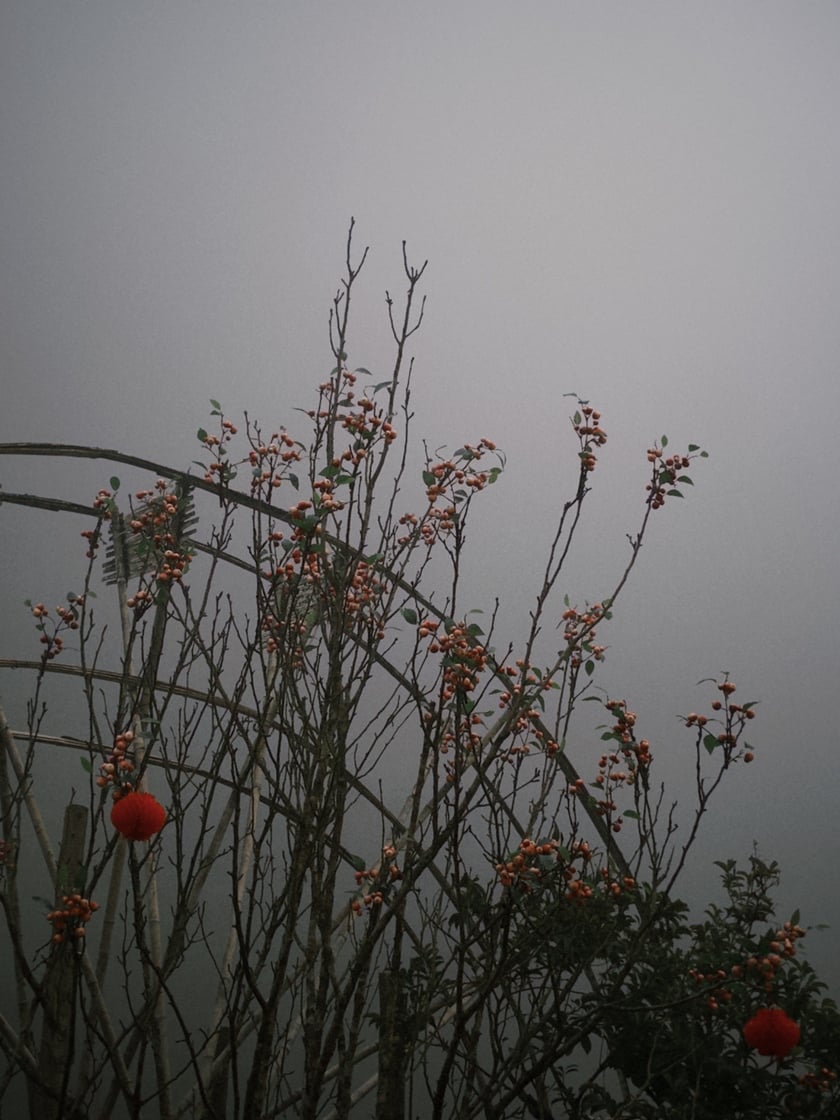

Sapa is not only a destination, but also the quiet breath of the mountains and forests, hidden behind each layer of mist.
Sapa – not like imagined, but more beautiful in another way
Luggage was packed with a half-excited, half-cautious premonition. In her imagination, Sapa was a foggy but crowded, urbanized, noisy and somewhat commercial town. But the reality opened up a much gentler picture: “Just a little bit away from the center, you will immediately see villages hidden in the morning mist, softly curving terraced fields, and the clear laughter of children echoing between the mountainsides”.
And there, amidst the mist and silence, there was a moment that seemed to stop time – the moment Ngoc set foot on the top of Fansipan, known as the “roof of Indochina”.
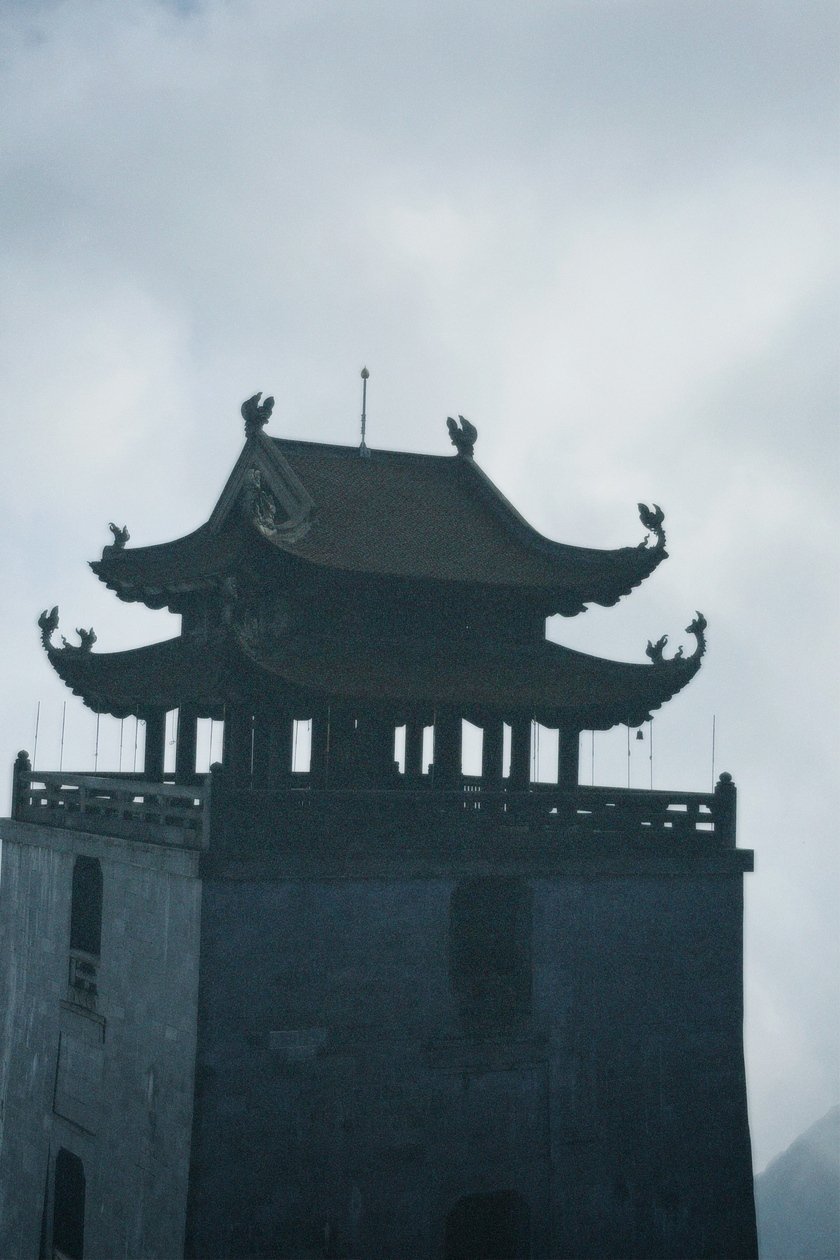
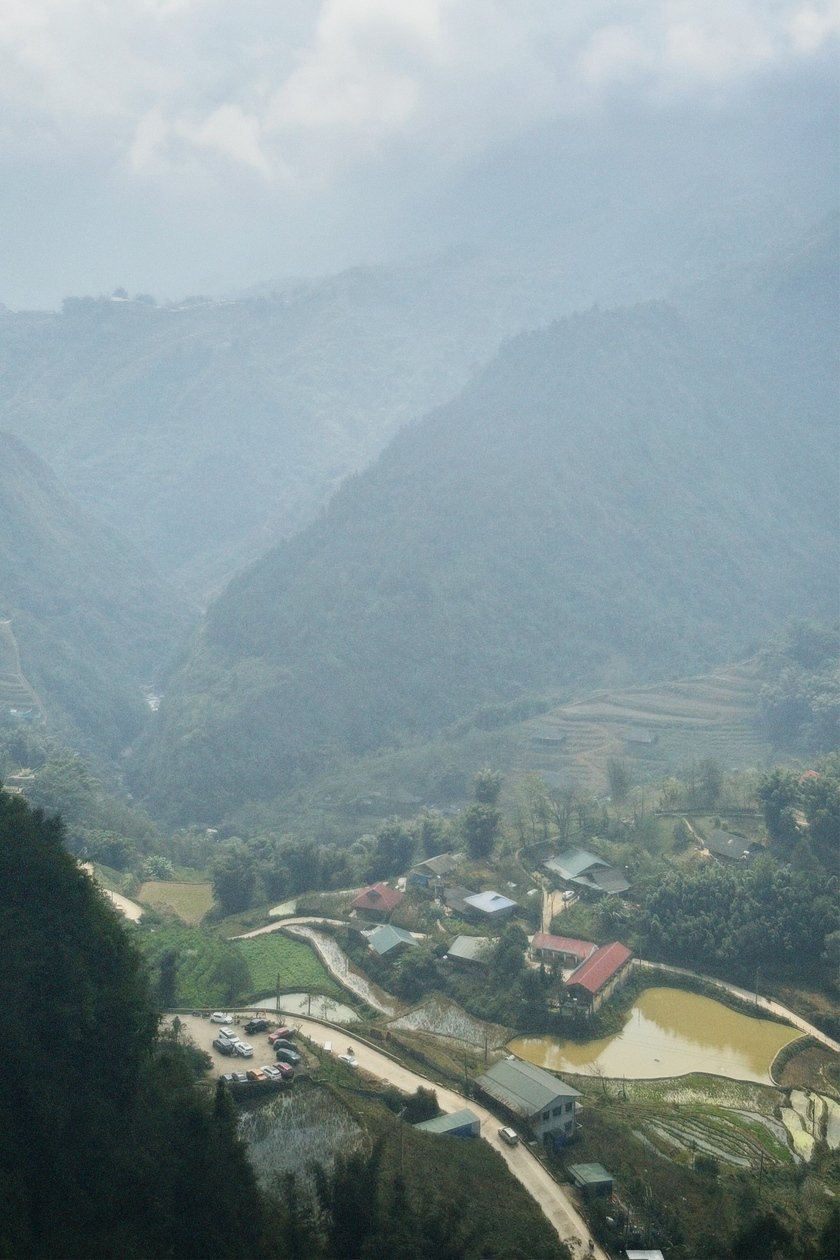

It is an extremely happy feeling to witness the red flag with yellow star fluttering at an altitude of 3000 meters.
Talking to Travellive reporter, Ngoc recalled: “The mist surrounded me, the wind blew gently, the clouds drifted under my feet. I stood there, between the earth and sky, both empty and peaceful. When the red flag with yellow star fluttered in the wind, I suddenly felt small but extremely happy because I was witnessing such a sacred thing – at an altitude of more than 3,000 m”.
Faces that we remember forever
Sapa is not only about mountain peaks, villages or roads covered in mist, but also about the gentle, honest faces of the people. On the way down to Cat Cat village, Ngoc came across a group of children playing cards with scrap paper and drawing each other’s faces with crayons. Ngoc said: “No phones, no modern toys, just imagination and friends. That moment brought me back to my childhood.”

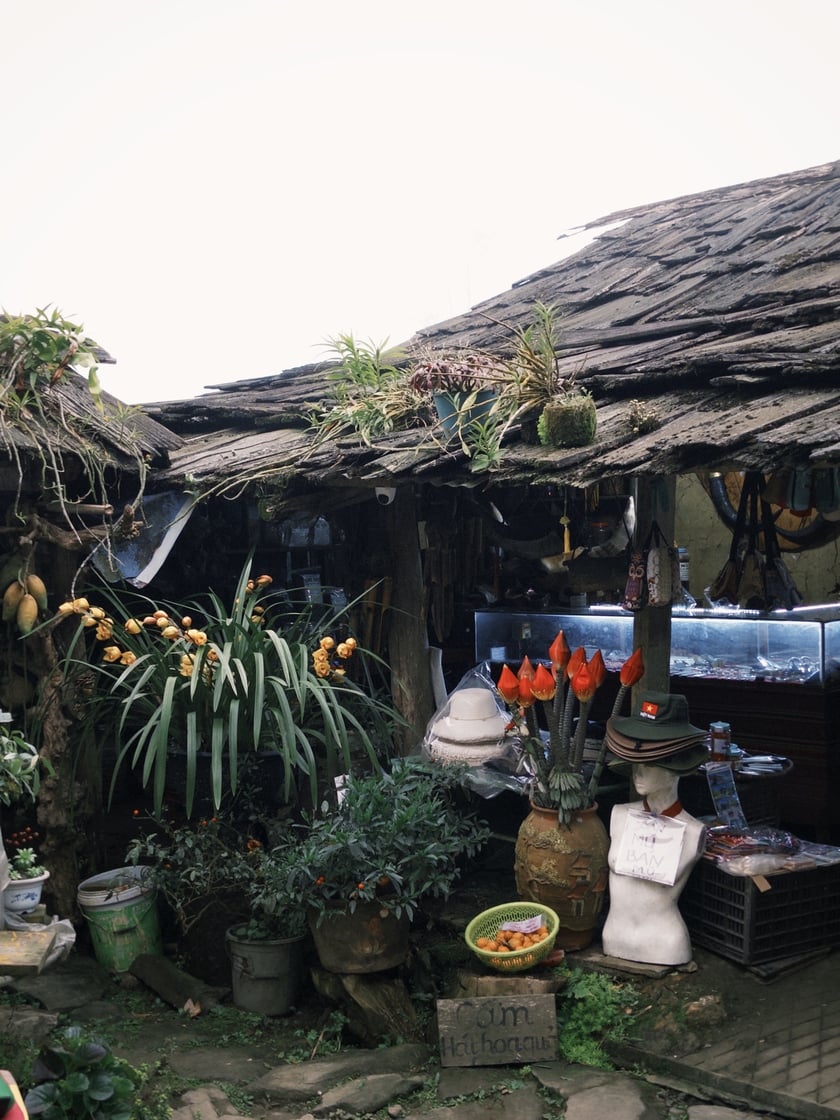
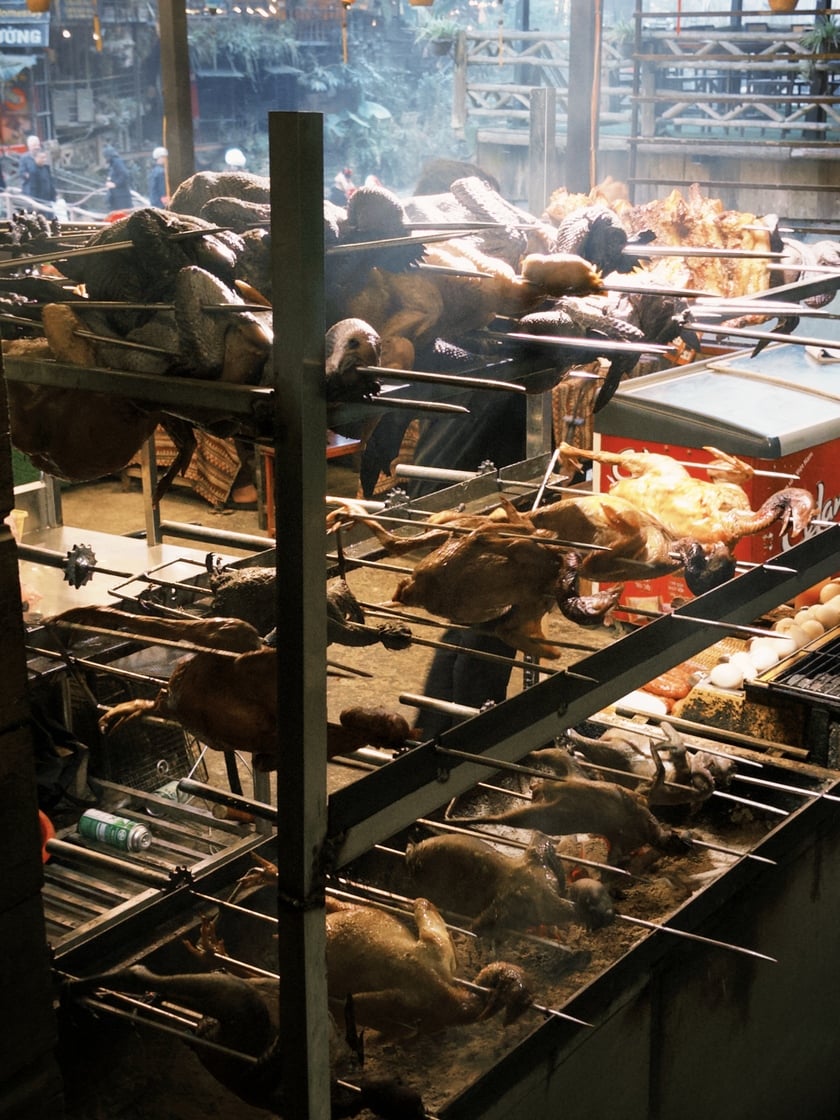
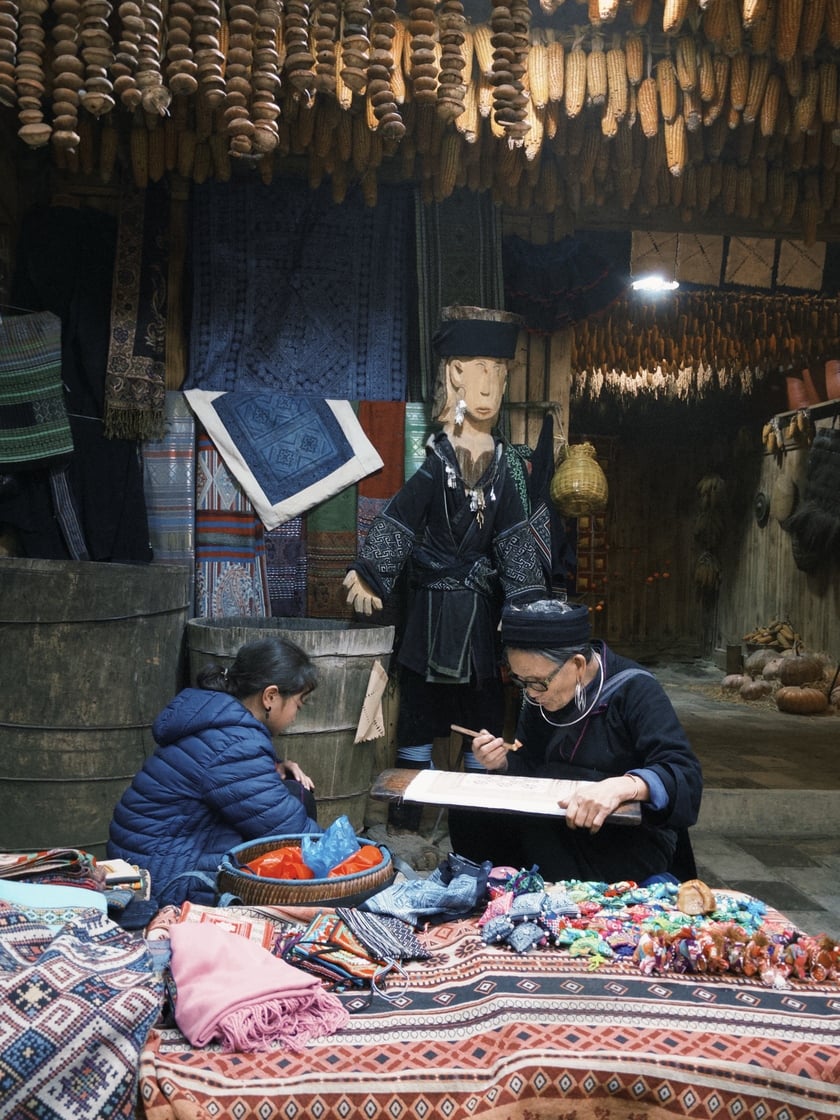
Where the dew falls and touches people's faces, there are red-cheeked smiles that light a fire in the cold.
Or when stopping by a brocade stall, Ngoc chatted with a Hmong woman holding a baby. She talked about the days when snow covered the mountain tops – beautiful, but freezing cold, making the burden of making a living heavier. “It was hard work, but seeing tourists happy because of the snow made me happy too. I hope tourism will develop so that my children can have a better life in the future,” she smiled, her hand warming the still red baby in her arms.

Ngoc kept in herself not the scenery, but the feeling – the slow, rustic feeling in the foggy city.
A slow but deep pace of life
Highland cuisine is also a slice of rich flavor. For Thanh Ngoc, grilled chicken with mac khen is indispensable every time she returns to Sapa. “The chicken skin is crispy, the meat is soft and fragrant, and when you take a bite, you can hear the wind blowing from the mountainside,” she described.
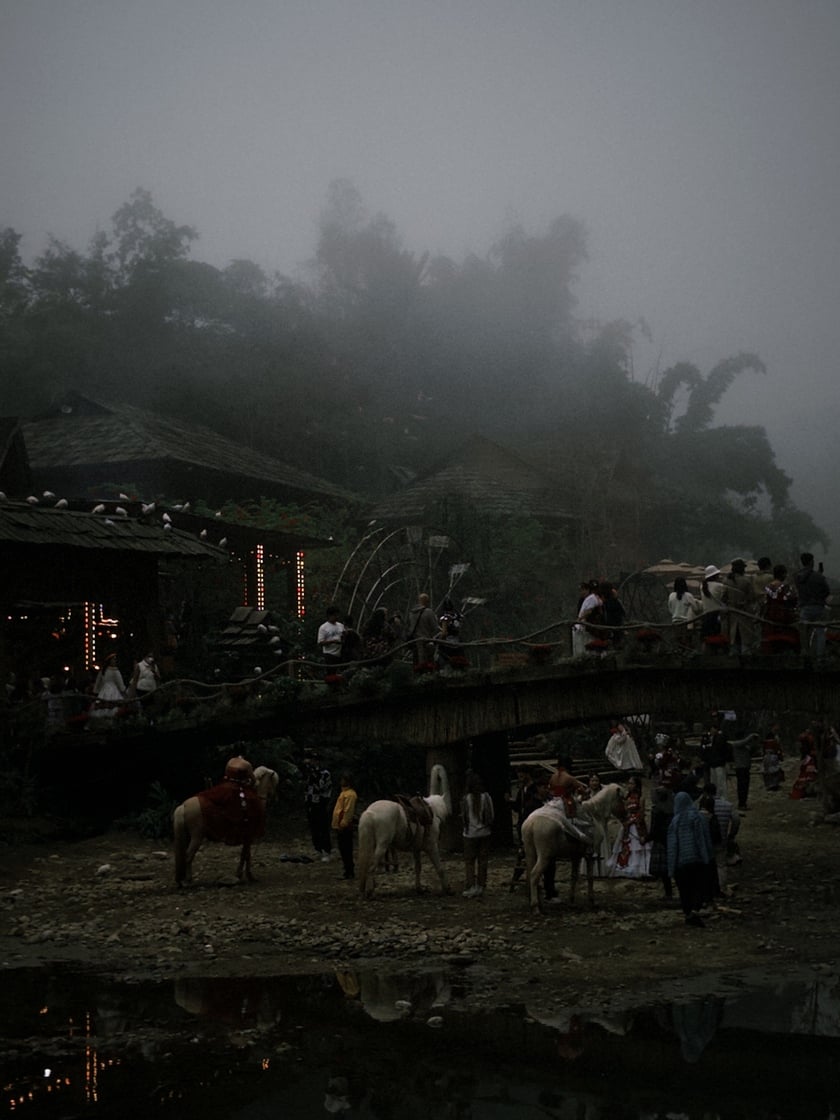
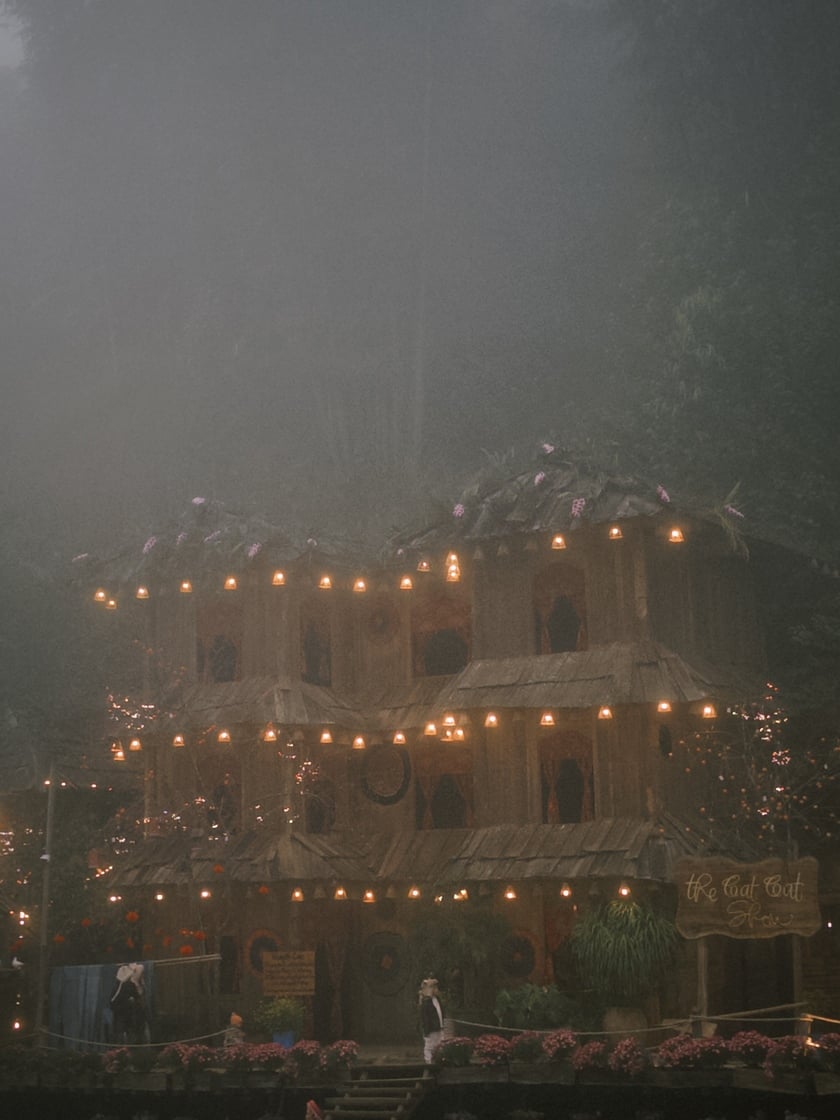

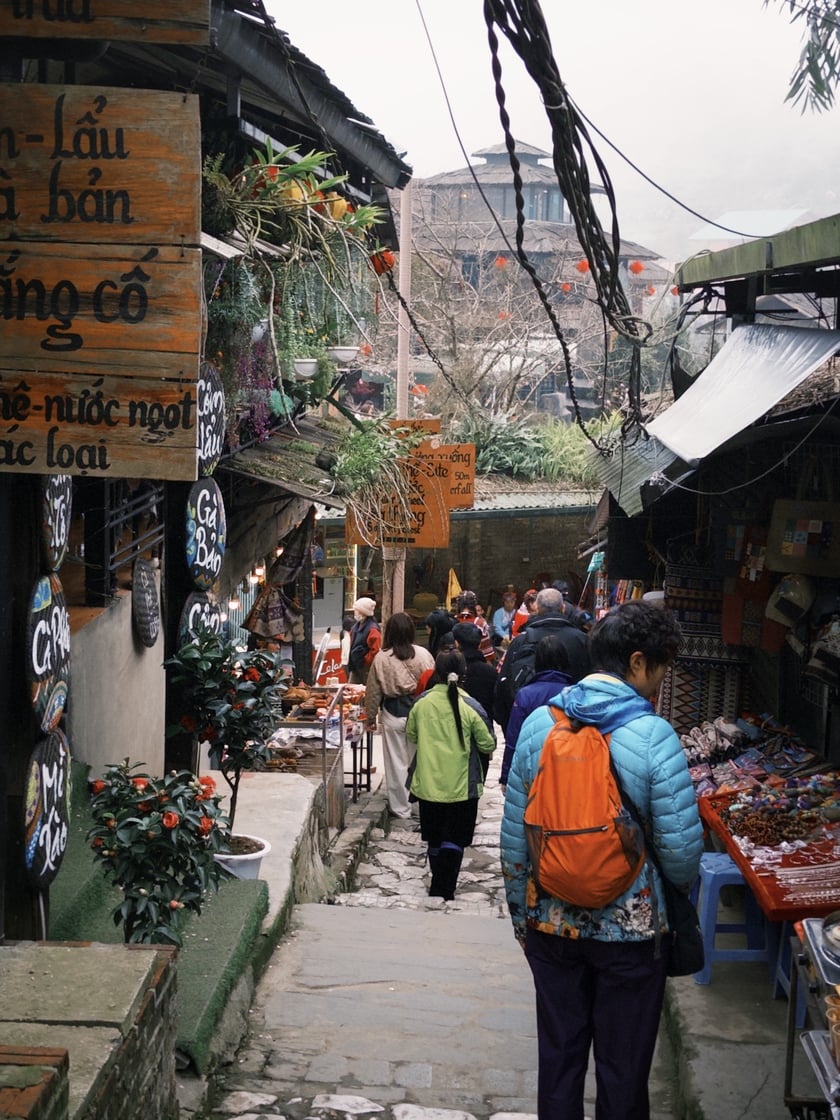

Not a noisy Sapa on social networks, but a Sapa as gentle as poetry, with its own unique character.
But if she could only keep one thing after the trip, Ngoc would not hesitate to choose the quiet, slowness of Sapa. “I want to keep a Sapa like that, peaceful, wild, and gentle like the clouds and mountains here,” Ngoc said.
Not a noisy Sapa on social networks, but a Sapa rich in culture in the villages, with red-cheeked, smiling children; a very unique Sapa, deep in memory, sweet as the morning dew of the old village.





